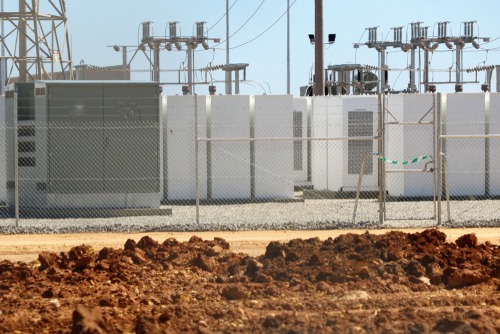Energy storage sees huge increase in second quarter, according to Wood Mackenzie

In the second quarter, 345 megawatts (MW) of new energy storage systems were brought online – a 162 percent increase over the second quarter of 2020.
It was the second-largest quarter on record by MW for U.S. energy storage additions, according to the US Energy Storage Monitor, an industry report put out by to Wood Mackenzie and the U.S. Energy Storage Association.
The positive momentum should continue as an unprecedented volume of storage will come online in the second half of the year, according to Wood Mackenzie. The report estimates that storage projects representing over $5 billion of investment will come online in 2021 alone.
The non-residential segment, which consists of onsite storage and community-scale storage, saw deployments rise by 31 percent in the quarter compared to the first quarter. This was driven by the growth of the community storage market in Massachusetts. However, the residential battery storage market dipped slightly, the first drop for the segment in nine quarters. Equipment constraints, including an ongoing Tesla Powerwall shortage, is hampering the segment’s growth.
“The United States remains on course for a record setting year, further demonstrating battery storage’s growing acceptance within the power market and underlining its importance to the energy transition,” Vanessa Witte, senior energy storage analyst with Wood Mackenzie, said.
Policy support continued to grow with several new state incentives introduced for residential and non-residential storage. Further, the industry awaits the outcome of budget reconciliation, expected this winter, which could include a solar investment tax credit (ITC) extension and/or standalone storage ITC.
“Energy storage deployment achieves decarbonization and resilience goals simultaneously,” Jason Burwen, U.S. Energy Storage Association Interim CEO, said. “Storage is increasingly necessary to enable the accelerated commissioning of wind and solar power—with the U.S. Department of Energy’s just-released Solar Futures Study projecting as much as 400 GW needed by 2035. Storage also assures that power delivery remains resilient to increasingly frequent and intensive weather disruptions, like the heat waves and hurricanes seen in the U.S. this past summer.”
